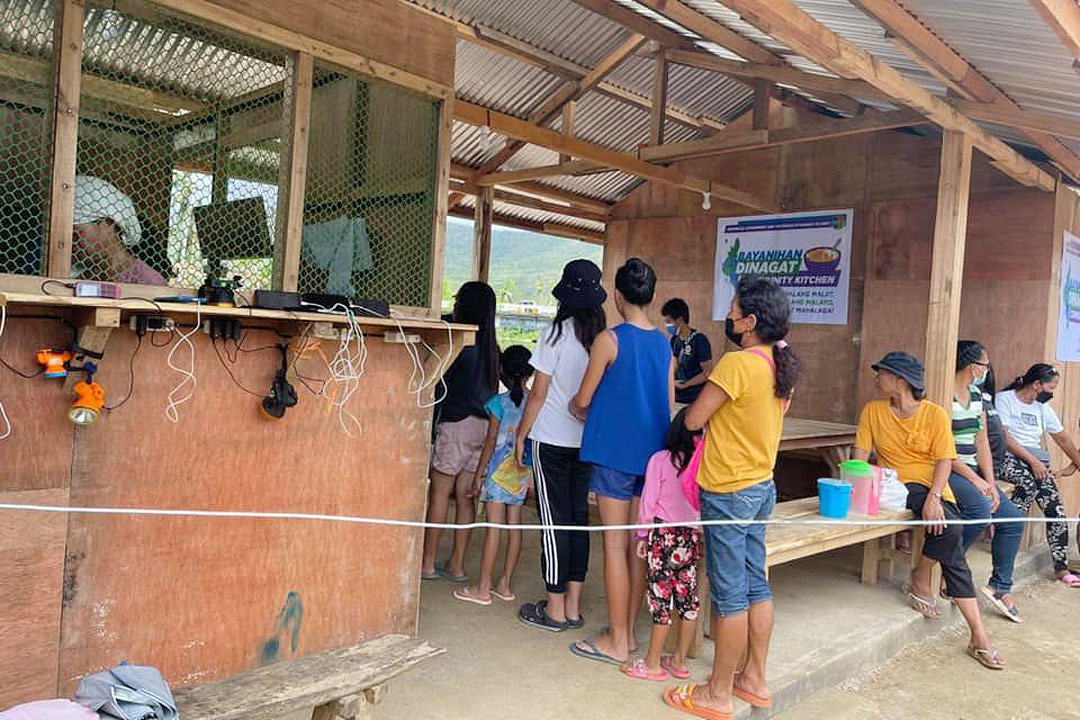UN appeals for more aid as Typhoon Rai damage assessment mounts

THE UNITED Nations (UN) has increased its target assistance fund for survivors of Typhoon Rai, known locally as Odette, to $169 million or P8.6 billion, from $107 million as an updated impact evaluation show wider scale of damage and more people affected.
“The revised HNP (Humanitarian Needs and Priorities Plan) reflects our new understanding based on over 70 field assessments, that despite the massive rapid response by the Government and civil society organizations, humanitarian needs remain very high,” UN Resident Coordinator Gustavo Gonzalez said in a statement on Wednesday.
Mr. Gonzalez, also the humanitarian coordinator in the Philippines, said the target beneficiaries of the HNP has been increased to 840,000 people from 530,000.
The HNP is a six-month program being implemented by the UN Office for the Coordination of Humanitarian Affairs (OCHA) with over 50 partner countries and organizations. Its priority response measures include shelter, food security and agriculture, water sanitation and hygiene, and support for continued education.
“I call on the international community to join and support our collective Humanitarian Needs and Priorities Plan,” Mr. Gonzalez said.
World Food Program Representative in the Philippines Breda Barton, speaking via video teleconference at a UN headquarters media briefing, said $51 million has been received so far.
“So, you can see we still have a long way to go,” she said.
Typhoon Odette, which struck central and southern parts of the Philippines in mid-Dec. 2021, affected over 10 million people with about 144,000 still displaced, according to UN.
Damage to infrastructure has reached P17.38 billion while agricultural toll stood at P16.89 billion, based on the Feb. 3 update from the national disaster management council.
Almost 350,000 houses were totally destroyed while over 1.15 million were partially damaged across 11 of the 17 regions in the country.
“Typhoon Rai aggravated a situation that was already fragile due to the pandemic, but it also hit some of the poorest areas of the country,” the UN official said.
“The challenges are enormous and exceed the capacity of any one organization. Only by working hand in hand with the Government and mobilizing the necessary resources can we ensure that these (affected) regions are not left behind,” he said.
USAID
Meanwhile, the United States government is providing an additional $1-million fund for communities affected by Typhoon Odette, bringing its total humanitarian support so far to $21.2 million, its embassy in Manila announced on Thursday.
With the fresh fund, the US Agency for International Development (USAID) will strengthen its partnership with the World Food Programme for additional logistics support to affected communities.
“As friends, partners, and allies, we will continue to support the Philippines in its post-typhoon recovery,” said US Embassy in the Philippines Chargé d’Affaires ad interim Heather Variava in a statement.
The embassy said since 2010, USAID has provided more than $342 million in disaster relief and recovery aid to the Philippines, and strengthened the disaster risk reduction capacity of over 100 cities and municipalities. — Marifi S. Jara



